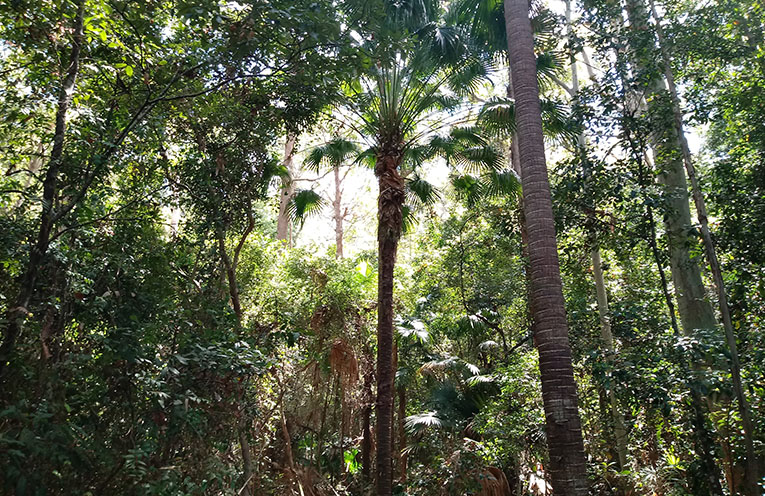
A STRATEGY that aims to manage and enhance tree canopy cover and green spaces across the region is currently on public exhibition.
There’s no doubt that the leafy character of our towns and villages, and our rural and natural landscapes are part of what we love about the MidCoast.
As part of retaining our green spaces and planning for our future, MidCoast Council has developed a draft ‘Greening Strategy’.
 Advertise with News of The Area today.
Advertise with News of The Area today.It’s worth it for your business.
Message us.
Phone us – (02) 4981 8882.
Email us – media@newsofthearea.com.au
“The strategy acknowledges the importance of trees and vegetation in our area, whether that’s through improving amenity and recreational opportunities, minimising the impact of climate change, or delivering economic benefits,” said Gerard Tuckerman, MidCoast Council’s Manager of Natural Systems and Acting Manager Land Use Planning.
“With such a large area, limited resources and continued growth, we’ve taken a highly targeted approach to greening, focusing our efforts for the most effective outcomes.”
The draft strategy identifies five key areas or ‘principles’, and actions that can be undertaken to enhance the quality and extent of vegetation in the region.
Some of these include initiatives to cool urban areas, resources to assist in planting the right vegetation in the right places, and platforms for partnering and collaborating with local communities.
Another principle focuses on retaining what the region already has, recognising that individual significant trees and tracts of mature vegetation can take many years to regenerate.
As a result, one of the priority actions proposed is the introduction of a targeted Vegetation Management Policy.
Under the proposed approach, outlined in the draft ‘Vegetation Management Policy’, areas that provide an important contribution to ecology and landscape/amenity values would be subject to the policy, and the ‘Tree Preservation Order’ currently applied through a ‘blanket approach’ in the Great Lakes region would be removed.
Within the Draft Vegetation Management Policy, are urban areas such as Hawks Nest, Pacific Palms and Smiths Lake which provide habitat for species such as koalas and squirrel gliders; villages like North Arm Cove, Bundabah and Pindimar where well-treed, ‘leafy’ character contributes to amenity and property values; larger environmental sites around Coomba Park, Charlotte Bay, and Boolambayte; and Large Lot Residential estates like Failford and Tea Gardens.
Excluded from the draft policy are larger towns like Forster, Tuncurry and Bulahdelah where greening initiatives are proposed outside of a Policy.
“Greening and the benefits it brings to our region are valuable for everyone, so we encourage you to review the draft Greening Strategy and let us know what you think,” Gerard said.
“And while we are contacting property-owners in areas where the Vegetation Management Policy is proposed to be added, we encourage everyone to come online to find out more about the draft Vegetation Management Policy, use the online mapping tool, and learn about the proposed permit application process.”
Both the draft Greening Strategy and draft Vegetation Management Policy are currently on public exhibition until Thursday 24 June. Visit www.haveyoursay.midcoast.nsw.gov.au to learn more, find out how you can get involved, and provide your feedback.
